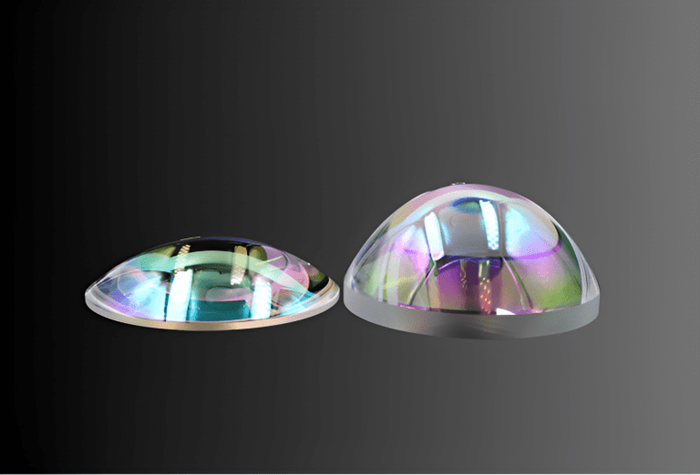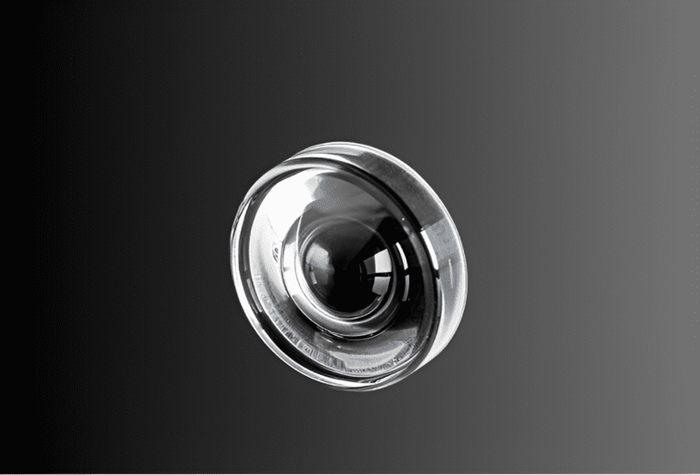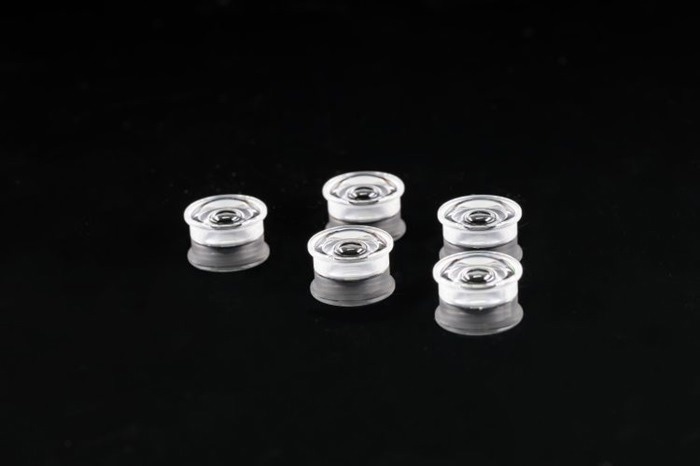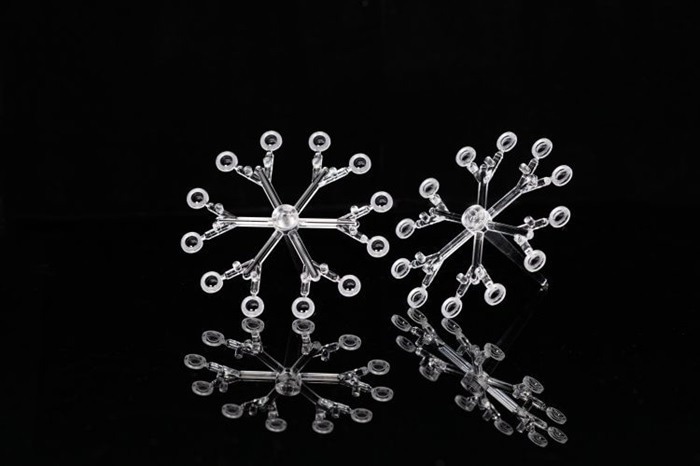An aspheric lens is an optical lens having a non-spherical surface profile; its surfaces do not form parts of a sphere or cylinder. Custom aspheric lenses come in a variety of geometries. Unlike spheric lenses, they do not have a constant radius of curvature. They are meant to eliminate practically all spherical distortion, and by focusing light on a small single point, they significantly reduce blur and, hence, enhance image quality.
Aspheric lenses often result in more compact assemblies since there are fewer aberrations to compensate for. Avantier is an aspheric lens manufacturer that creates specialized aspheric lens solutions for a wide range of applications, including smartphones, lasers, and fiber optics, as well as research industry and medicine.
The lenses come with or without anti-reflection coatings and can be made of glass, crystalline, or plastic. Cutting-edge grinding and polishing metrology equipment, such as computer-controlled precision polishing devices and magneto-rheological finishing (MRF) technology, ensure optimal surface quality for the application.
Due to its precise control over the removal site and quick removal rate, MRF technology achieves high-performance finishing results in substantially less time than conventional polishing processes.
Get in touch now
MRF Polishing
Video Credit: Avantier Inc.
Satisloh SPS-200
Video Credit: Avantier Inc.
Types of Aspheric Lens
An aspheric lens can have several different geometries. The majority of them are rotationally symmetric but with a more complicated front surface. Unlike a spherical lens, curvature varies with distance from the optical axis. Another way to express this is by changing the radius of curvature radially from the lens’s center.
Typically, the curvature decreases as one moves away from the optic axis. A lens without these symmetries is sometimes referred to as a free-form optic.
The orthogonal coefficients Qbfs and Qcon, or the surface profile (sag of the surface parallel to the optical axis), can be used to create aspheric lenses. The aspheric lens’s RMS slope departure from a best-fit sphere is quantified by Qbfs, and its sag departure from a base conic is quantified by Qcon.

Aspheric Lenses. Image Credit: Avantier Inc.

Aspheric Camera Lens. Image Credit: Avantier Inc.
Get in touch now
Features and Benefits
Aspheric lenses, unlike spherical lenses, feature optical surfaces that are non-spherical (aspherical surfaces), which means that their curvature varies across the lens. They compensate for the optical distortions caused by spherical lenses because they have precisely calibrated changes in curvature throughout the lens’s surface. Eliminating such aberrations offers several significant advantages:
- Improved image quality: An aspheric lens’s regulated curvature lowers aberrations and enhances the clarity and integrity of the overall image. The optimal performance in several applications is ensured by its precise aspheric design.
- Focuses Light: Aspheric lenses’ unique construction focuses light more accurately than common spherical lenses, resulting in improved clarity and fewer optical defects in a variety of devices and applications
- More Compact and Lightweight Design: The ability to regulate the surface curvature of aspheric lenses allows for the construction of thinner and flatter lenses, resulting in smaller and lighter optical systems. Furthermore, lens designs frequently need a larger number of lenses to compensate for optical aberrations and increase optical clarity. Aspheric lens solutions feature fewer aberrations, allowing designers to attain excellent quality with fewer lenses. Aspheric lenses’ compactness and weight reduction make them especially useful in portable equipment such as cameras, where size and weight are crucial
- Increased Design Flexibility: Aspheric lenses feature adjustable curvatures. The enhanced flexibility in designing the lens shape, curvature, and performance characteristics allows optical engineers to optimize the performance of their systems. This design flexibility results in more efficient and cost-effective optical systems with more performance and less complexity
By incorporating controlled curvature variations, optical engineers can utilize aspheric lenses to improve image quality, develop more compact and lightweight designs, and boost design flexibility.

Aspheric Lenses. Image Credit: Avantier Inc.

Aspheric Lenses. Image Credit: Avantier Inc.
Manufacturing Capabilities
Source: Avantier Inc.
| . |
. |
| Diameter |
5 – 200 mm |
| Diameter Tolerance |
+0/-0.100 mm – +0/-0.010 mm |
| Asphere Figure Error (P – V) |
3 μm – smaller than 0.06 μm |
| Vertex Radius (Asphere) |
±0.5% – ±0.05% |
| Sag |
25 mm max |
| Typical Slope Error |
1 μm – 0.15 μm per 1mm window |
| Centering (Beam Deviation) |
3 arcmin – 0.5 arcmin |
| Center Thickness Tolerance |
±0.100 mm – ±0.010 mm |
| Surface Quality (Scratch Dig) |
80-50, 40-20,10-5 |
| Aspheric Surface Metrology |
Profilometry (2D & 3D) & Interferometry |
Applications of Custom Aspheric Lenses Solutions
Custom aspheric lenses have several uses in high-precision imaging. They are critical components of many precision imaging systems, including aerospace night vision imaging optics, defense imaging, microscope imaging objectives, and semiconductor wafer inspection tools.
For example, the Smite Cassegrain telescope employs them, as well as reflective elements, to eliminate aberrations and provide a high-resolution image. Optics makers frequently favor these solutions due to their ability to give higher performance in difficult settings.
Aspheric lenses are more expensive to produce than spherical lenses, but the advantages of high-performance optics are substantial. They are also an excellent choice for systems that require a small footprint since the aspheric lens lends itself to compact assemblies.
An aspheric camera lens assembly consists of many components, including an aspheric lens. These lenses are highly coveted due to their small, lightweight assembly and excellent image quality.
Get in touch now